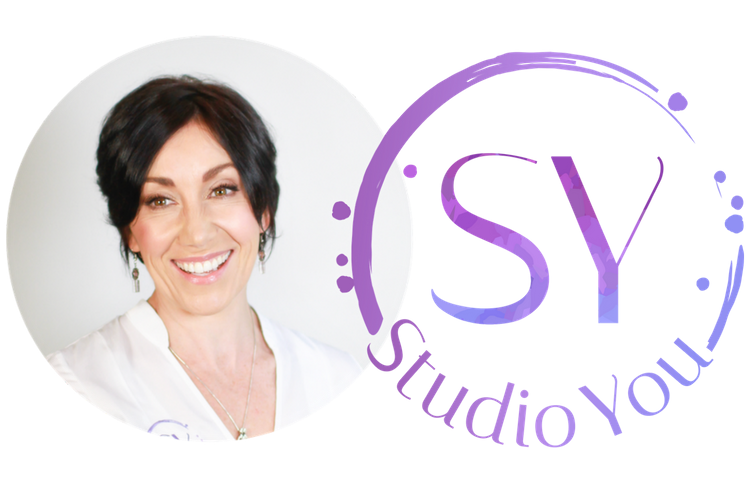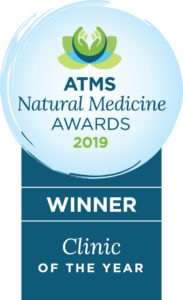- Want a Youthful Glow Without the Botox? - February 8, 2023
- Acupressure to get you through these relentless fires - February 4, 2023
- Your 5 Step Guide to Cupping Therapy - October 11, 2022
1. What is Cupping Therapy?
Cupping Therapy is an ancient treatment that employs the localised use of negative pressure, creating a vacuum to promote healing. Cupping uses controlled suction to open up muscle tissue and vastly increase local circulation of blood and fluids.
2. What are the benefits of cupping?
Cupping is believed to stimulate the flow of blood and lymph to the affected area. Wet cupping removes toxins and inflammation in the body to promote healing. Massage cupping is often used on broad areas on the back to break up stagnated waste and stubborn adhesions. Cupping is not only beneficial for muscular pain; it can also be used for a number of conditions which include but not limited to: Rheumatic diseases, fertility and gynaecological disorders, skin problems such as eczema and acne, high blood pressure (hypertension), migraine, anxiety /depression and Bronchial congestion caused by allergies and asthma
3. What to expect in a cupping sessions
The therapist will apply a number of cups to the skin by way of creating a vacuum that causes the skin to rise and blood vessels to expand. Today, a vacuum is created in one of two ways, either using the traditional flame that is placed in the cup consuming the oxygen or the more modern version of using a rubber pump to manually create suction.
• The cups are generally left in place for 10-20 minutes.
• During wet cupping – the cups are removed and small incisions are made on the skin using a small scalpel. A second suction is performed and the cups are left in place for about 5 minutes to draw out a small quantity of blood.
• During massage cups – Prior to applying the cup, oil is applied on the skin to facilitate smooth movement of cups when gliding over the surface to discover and release the areas of tension and congestion.
• After the procedure, the site is cleaned and may be covered with an antibiotic ointment to prevent infection.
4. How should you feel during and post-cupping
Cupping should feel comfortable and relaxing. After your treatment, you will immediately feel the results. You will feel a lot looser and the muscular pain will be relieved quite considerably or eliminated completely. The feeling of sore, aching, muscles will be replaced with a deep feeling of relaxation and well-being.
The skin will redden with strong cupping, indicating that circulation has been brought to the surface of the skin. In some instances, the skin may appear bruised. This discolouration of the skin is not caused by broken vessels or tissue trauma, but through the drawing up of waste products to the surface for excretion. Generally, marks can last for several days. Occasionally, one may feel a little run-down post treatment an indication that the body is cleaning out the waste products. It is, therefore very important to slow down and drink small amounts of water as often as possible.
5. When to avoid cupping
Cupping therapy should be avoided by the following groups:
• Pregnant or menstruating women
• People with metastatic cancer (cancer that has spread from one part of the body to another)
• People with bone fractures or muscle spasms

